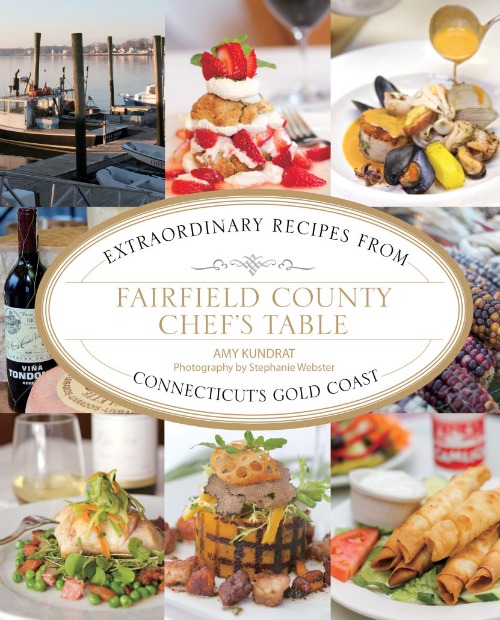Hosting a Traditional Filipino Kamayan Feast at SoNo 1420
If you weren’t aware, every October is Filipino American History Month. This month-long celebration was first proposed in 1991 and officially went into effect the following year. October was chosen as “the month” because it’s when the first Filipinos landed on what’s now Morro Bay, California on October 18, 1587.
One of the ways to celebrate Filipino American History Month is with a kamayan meal. A what? Don’t worry, when I was asked to attend one, my response was, “What’s that now?” And I do have a few Filipino friends, including those who invited me to this one, my first one.
The word “kamay” translated is “hand” or “by hand.” That’s exactly the way this feast is eaten. A kamayan is an interactive experience, not just because you’re eating with yours hands but it’s a meal typically shared with family and friends.
At a kamayan, one should expect to sit at a community table covered in banana leaves that act as the plate. Piled onto the leaves is a mound of rice and on top of that is a mixture of succulent meats like lechon (or pork belly), chicken, fish, sometimes eggs, spring rolls, dipping sauces, vegetables, fruit, sweet longaniza sausage, and more.
Around here, you’d be lucky to indulge in a kamayan at a restaurant. The closest (and I’m using Fairfield County as a base) is Jeepney in the East Village.
But alas! You’re already this far down this piece and hopefully still curious as to why this is being brought up.
There was a kamayan dinner and it was held in South Norwalk. The event, hosted by Chris Gonzalez of Hapa Food Truck with public relations pro and event planner Ria Rueda, was the first of its kind in the area, not counting the off chance you’ve attended one at a friend’s house.
This team-up between Gonzalez, Rueda, and event partner SoNo 1420 wasn’t only about eating a hearty meal, it was in part to educate the 50 guests in attendance about Filipino cuisine and culture. We not only learned why Ria and Chris’ last names sound more Spanish than Filipino (Spain colonized the Philippines in the 1500s, if you’re not up on your history) but we learned about the components of the meal that was in front of us, and how it was to be eaten communal style to foster relationships.
The piles of food presented to us included milkfish and chain links of snappy casing longaniza sausage (both shipped in from the Philippines by Gonzalez), crispy skin pork belly, grilled chicken, roasted bone marrow, and spicy seasoned fruits and veggies. What was different was the chef-driven spin on each element that was prepared in part by Dan Sabia of Wood Fire Food, who brought along his custom grill to wood fire roast almost the entire meal.
To drink, SoNo 1420’s mixologist Blake Poon created refreshing island-inspired cocktails with the distillery’s CBD infused spirits and some of Gonzalez’s Filipino ingredients, like a gin-based Singapore sling and a vodka mojito with calamansi instead of traditional limes.
All of it, according to Gonzalez, was a big undertaking being that this was the first kamayan feast around here. “Given the opportunity to host a kamayan dinner in a space like SoNo 1420 is something I was excited about,” he said. “I was nervous but having the support of my squad, especially my wife Nicole (Hapa’s operations manager), Dan, Ria, Blake, and Merrily (SoNo 1420’s event manager), it made the night feel what it’s supposed to be; the community getting together and appreciating all that is gifted to us.”
That all sounds pretty good, though, right? Well, apparently this will be happening again according to Rueda and Gonzalez. “More of these will happen in the future,” Rueda said. “Absolutely there will be more, maybe here, maybe in different places,” Gonzalez added.
We certainly can’t wait for another and we’ll share the news regarding a sequel. You down?

























